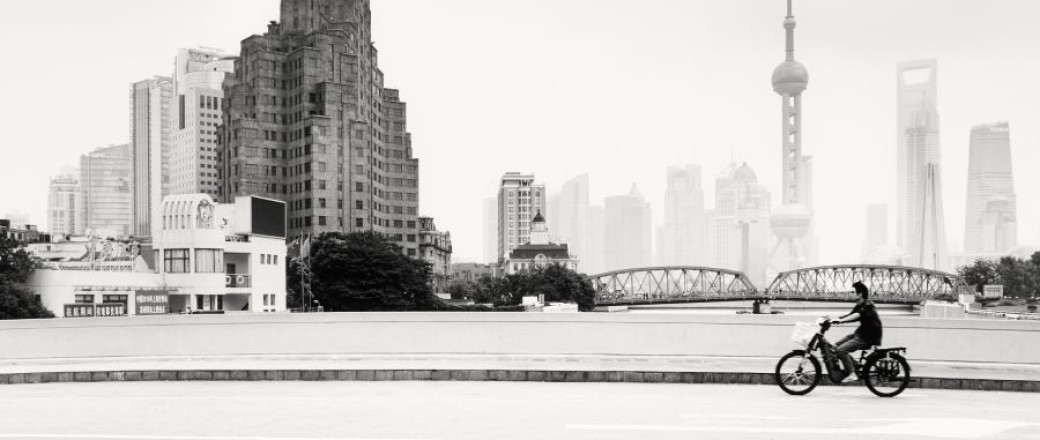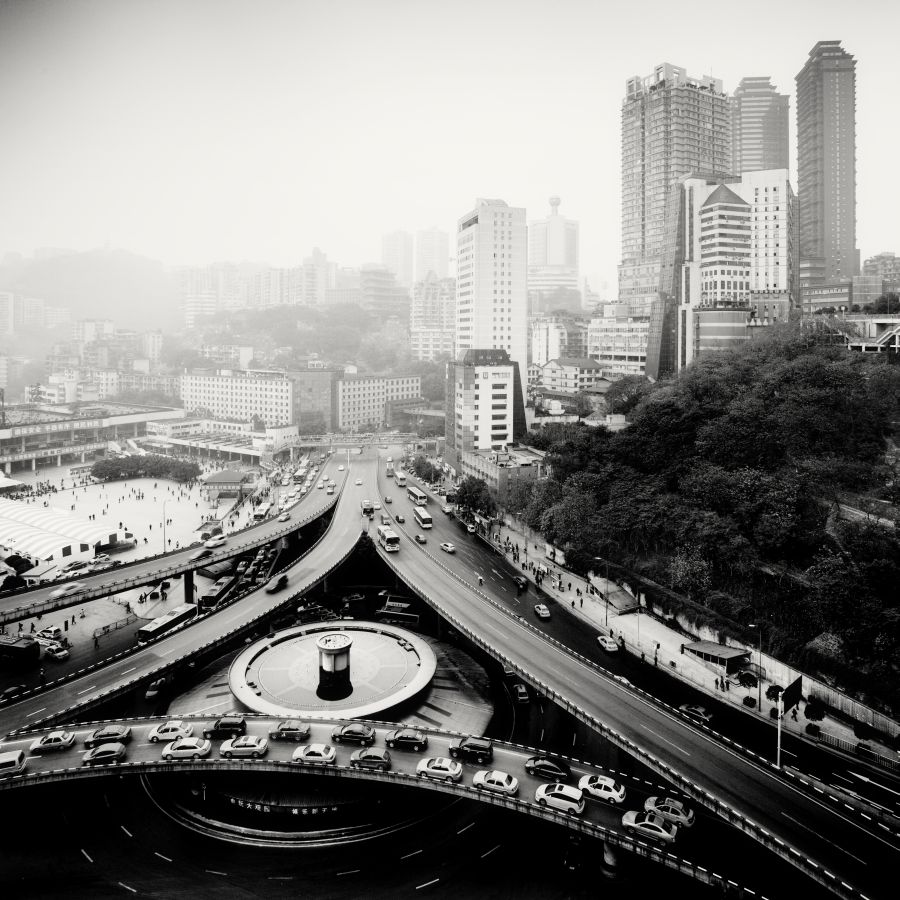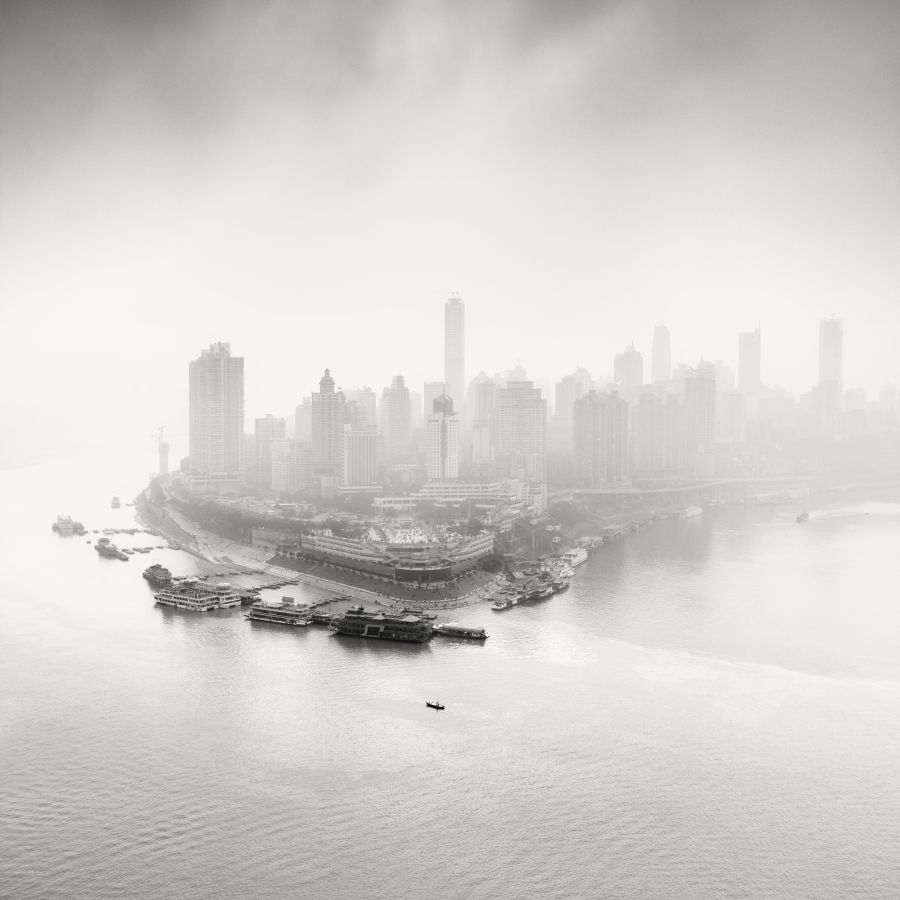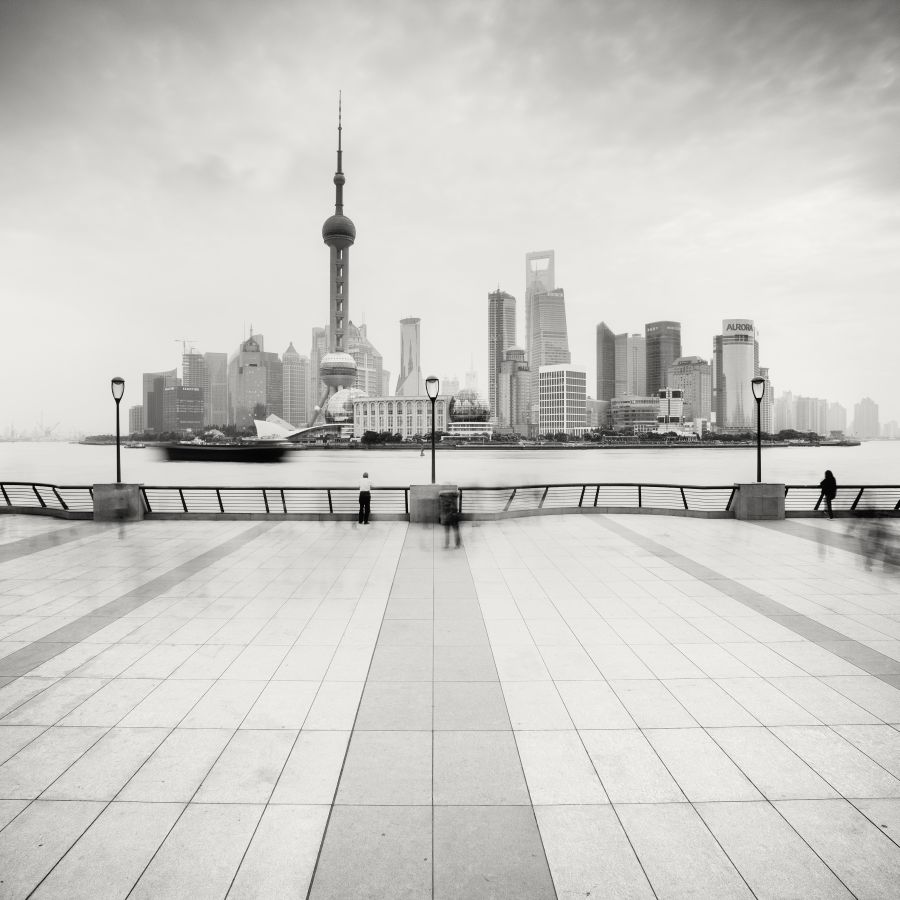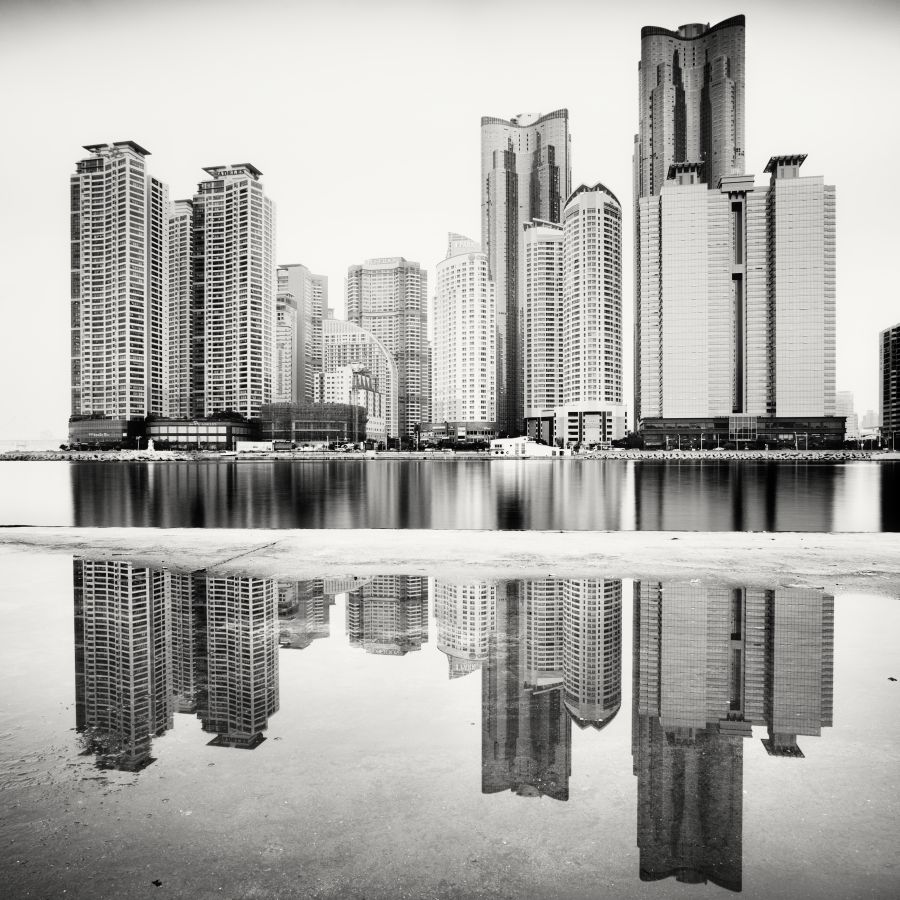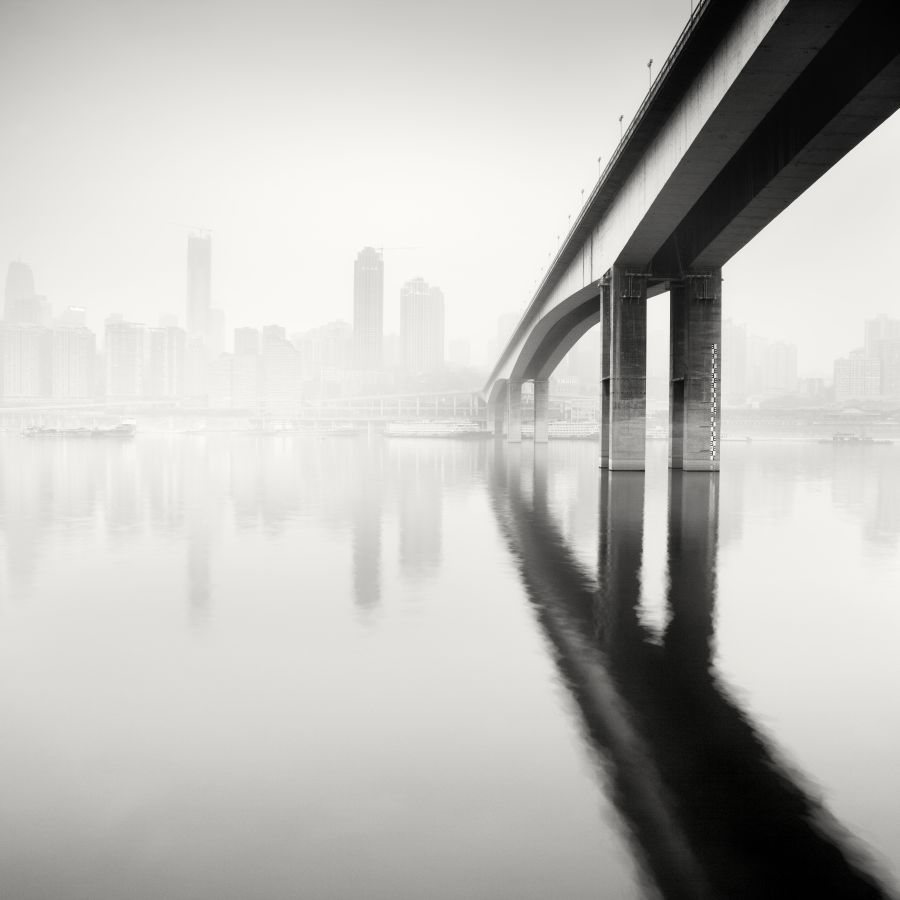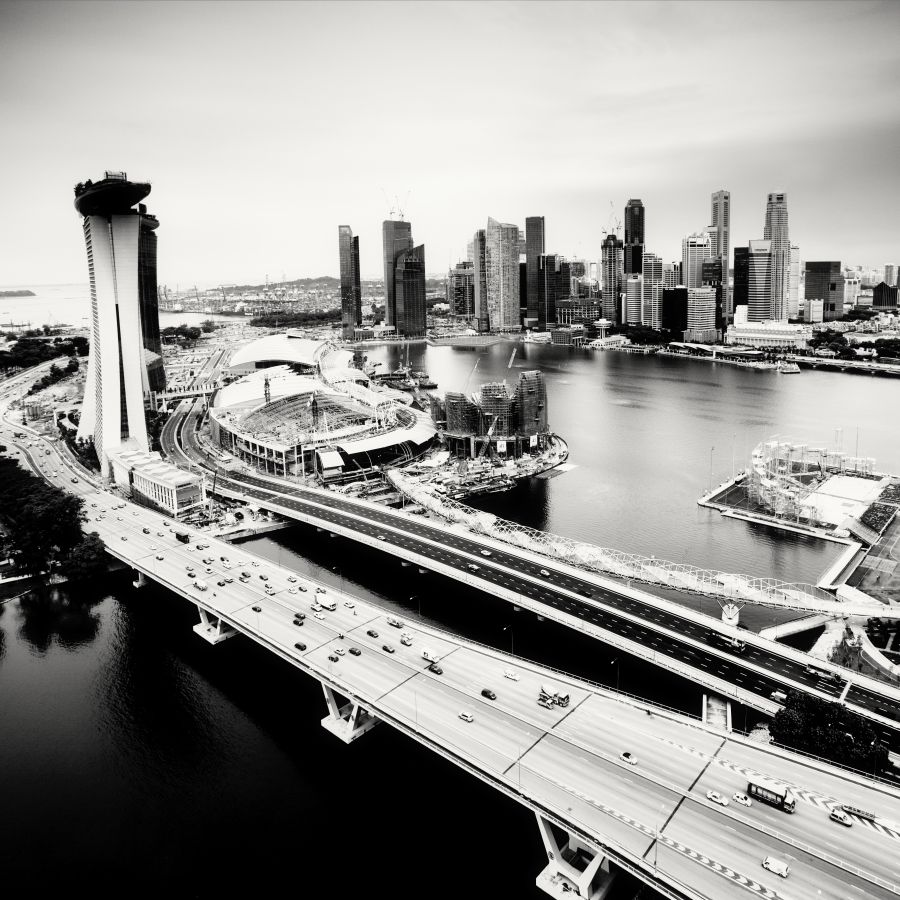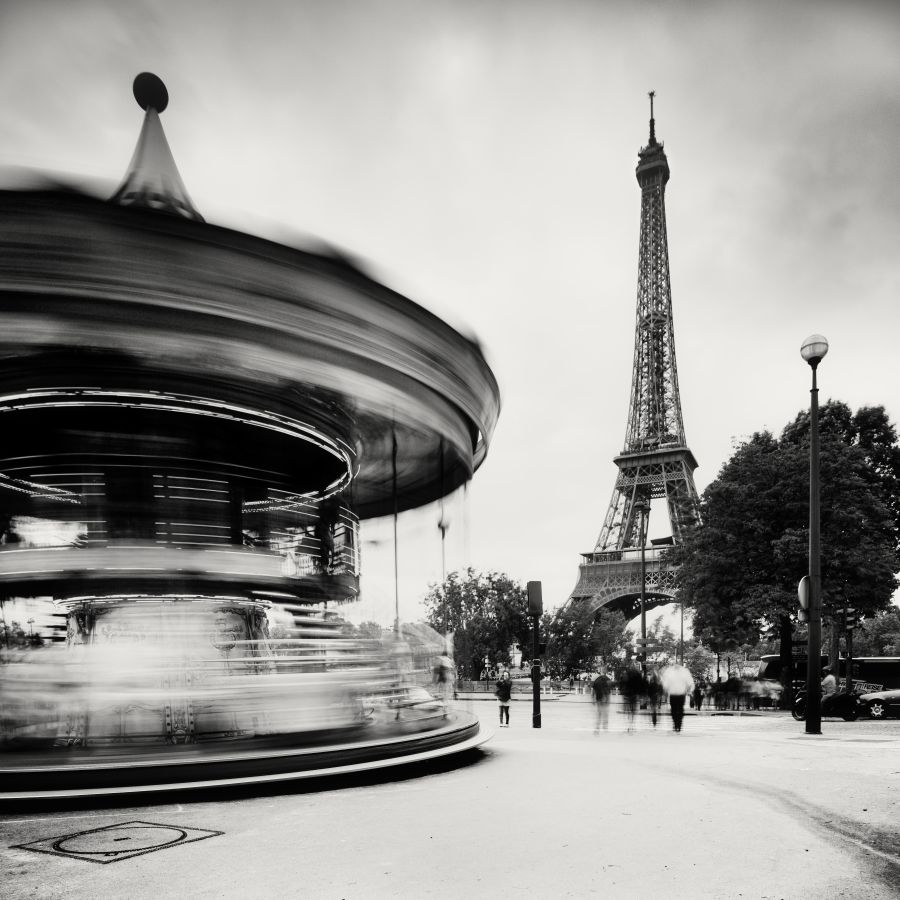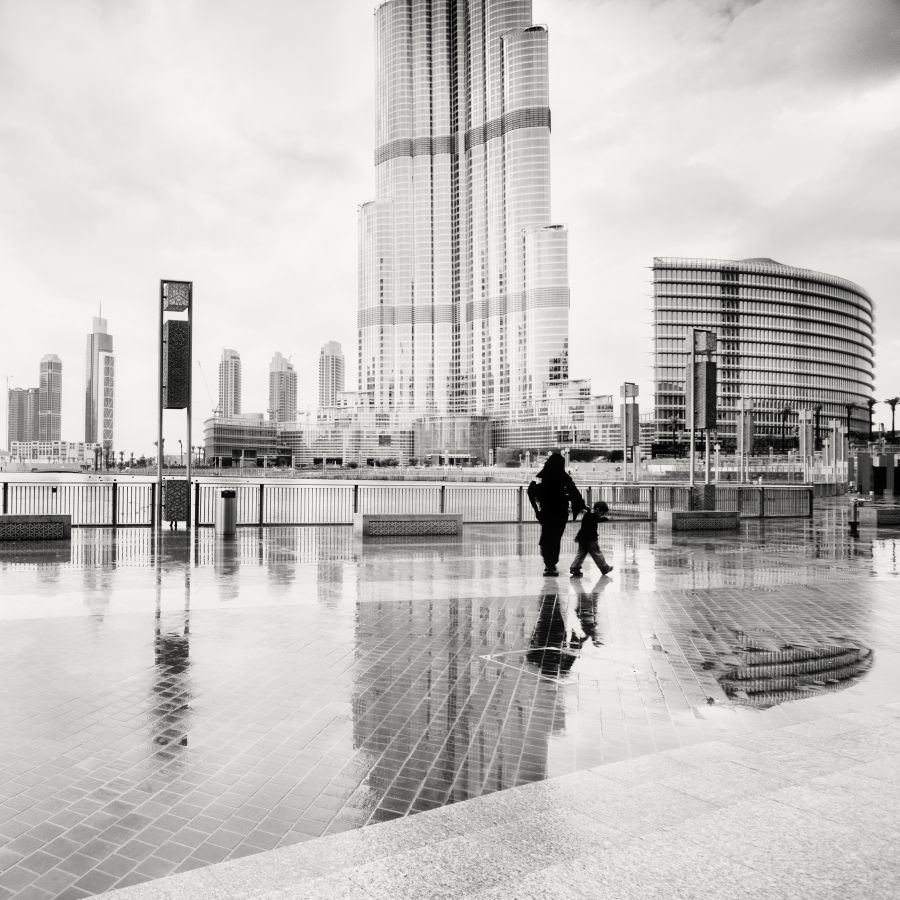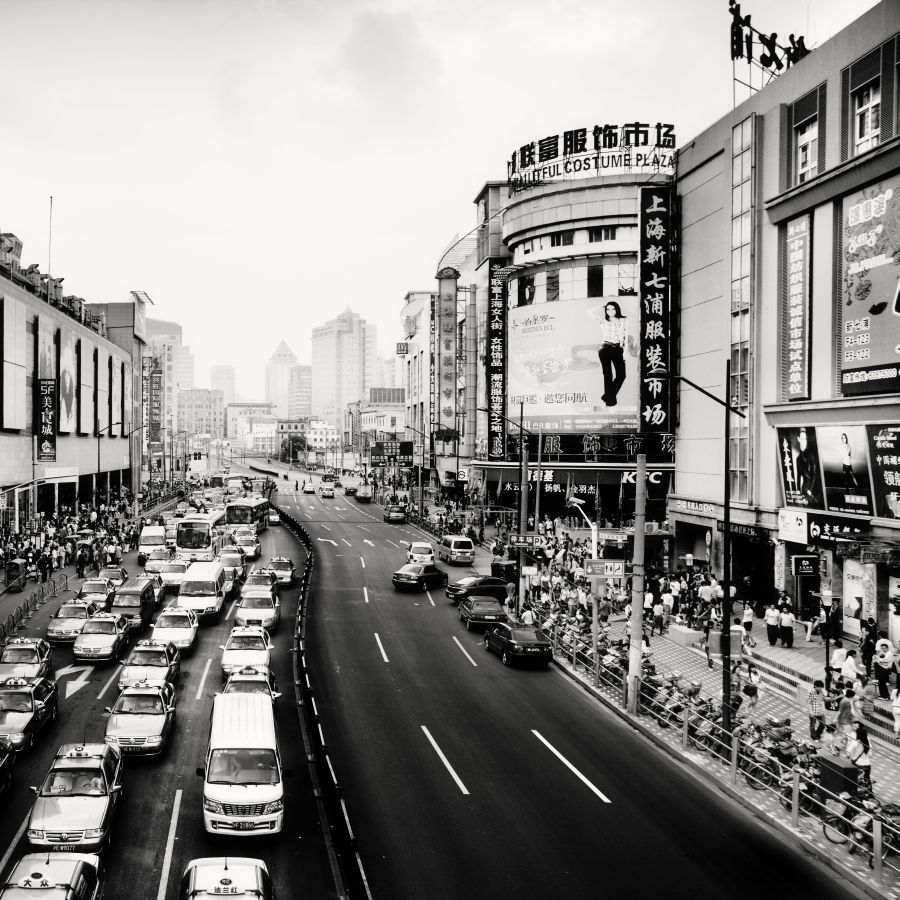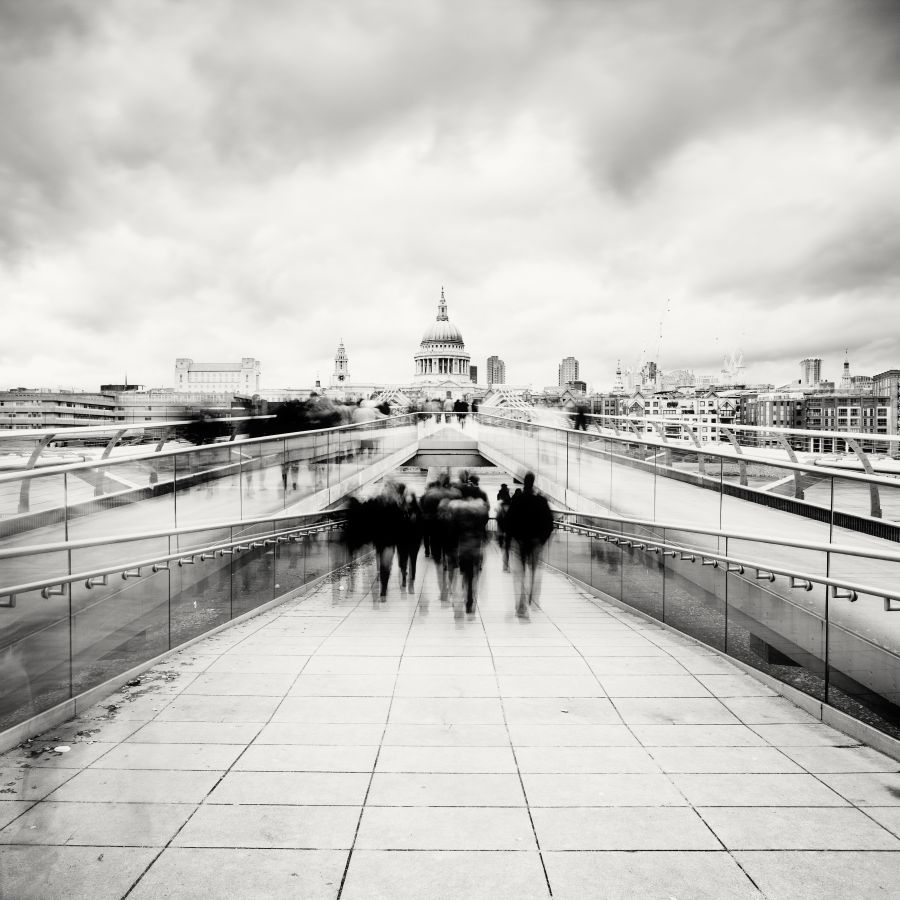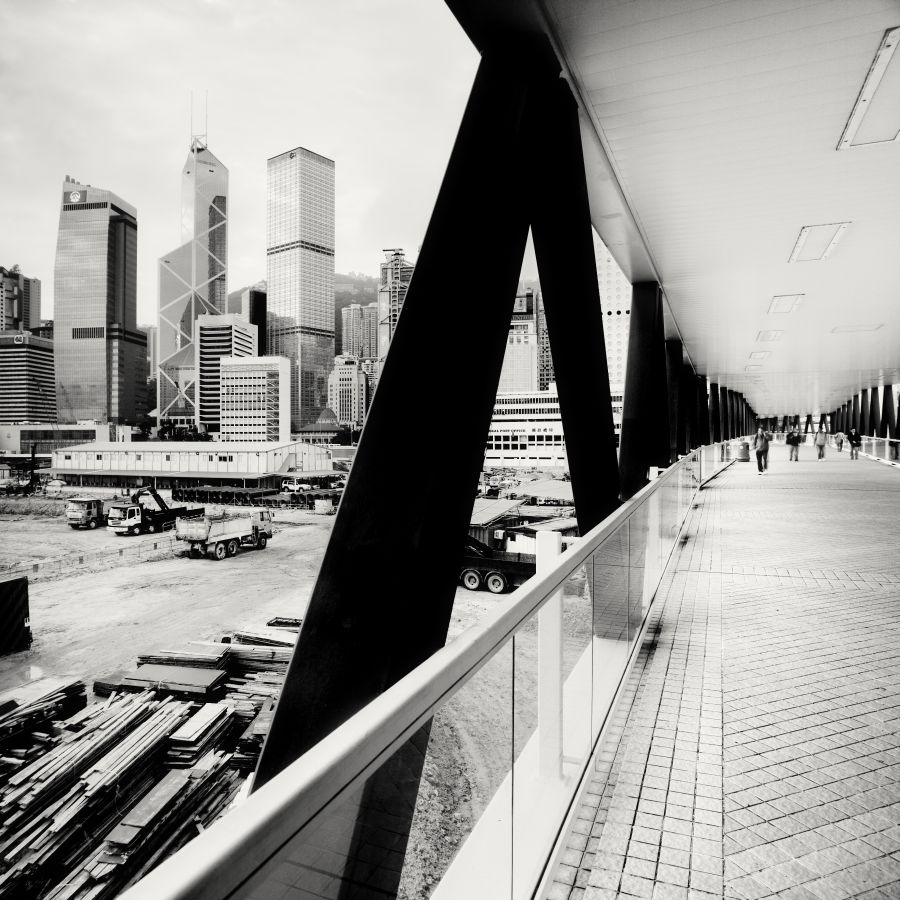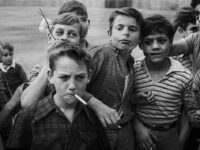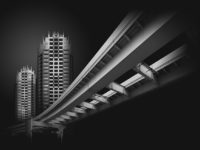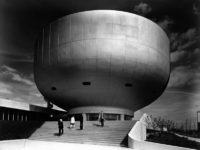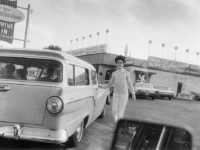Martin Stavars was born in 1981, Poland. He specializes in black-and-white cityscapes, landscapes, and night photography. He and his camera have visited more than twenty countries, with Asia holding a key spot.
His work has been showcased in numerous international competitions, and he was named “Architecture Photographer of the Year” at the International Photography Awards in New York; he also received the “Grand Prix” at the Image International in Canada and Hei Ming Prize in Tokyo. He won the first prizes in the 2008, 2009, 2011 and 2012 International Photography Awards in New York.
In 2012, Charta Editions published his first photographic monograph entitled “Megalopolis”.
Q: How and when did you become interested in photography?
I came across of black-and-white seascape photos of the unknown Polish photographer, who inspired me. Although I started to take photographs in a totally different environment, because I lived far from the sea, my very first photos show the most obscure corners of my hometown. In a very short time photography rules all my life, so I also decided to study photography at Warsaw School of Photography. Without any previous contact with that medium and lack of knowledge about the history of photography, my point of view completely changed during these studies.
Q: Is there any artist/photographer who inspired your art?
I was inspired by such classics in photography as Kertesz, Atget and Stieglitz. A great inspiration were also Samuel H. Gottscho’s works; especially the ones from the thirties, where he perpetuated New York in both day light and by night. I also have to mention works by Michael Kenna, who „dressed” in a square shape what Gottscho did several years before, but in a more minimalistic style. Kenna’s works made me want to travel, carry out projects around the world and search for new challenges.
Q: How much post processing do you use in your pictures?
I always take photos in similar weather conditions, while using the same filters (GND and some times ND), so that the photos create a certain cohesive wholeness. In that case the only required alteration is setting a proper contrast (which is fundamental); no particular knowledge is necessary, it’s more about precision and “handiwork” on every photo.
I work mostly digitally, but I’m also using Hasselblad 503cw. I don’t develop or scan films by myself, I leave that to the professionals, since in the end my photographs are printed on a wide format printer Epson 11800.
Q: How much preparation do you put into taking a photograph/series of photographs?
Scheduling is a key issue during any of my trips. First of all, I always try to take photos during similar weather conditions, with similar light, usually with the sky heavily clouded. To maintain the same form, I visited all of the towns in the beginning or in the end of rainy season, which is how I avoided heavy rainfall and heat that can be very bothersome, especially in Asia. I always analyze the weather conditions history from the past few years in a given region, which allows me to choose the best month to visit that place. It’s the crucial element for the entire process: the forming of a new material depends on it. If the light isn’t right, I just don’t take any pictures. Sometimes you need to wait a few days for suitable conditions and other times you just have to come back another season.
Before I start taking pictures, I go on a tour through the city. At first I avoid public transport, I walk everywhere – it’s the best way of finding the most interesting places, that might remain hidden if we won’t stray from the main street. Every day I cover a distance of several kilometers. I’m also looking for places that are high above the ground – mostly rooftops, hotel windows, public observation decks or terraces in restaurants.
Q: What is your favourite shooting location?
China with cities like: Hong Kong, Chongqing and Shanghai are my favourite places. They are like a photographical Mecca: tradition intertwines with modernity; street craftsmen working in the shadow of 300-metre buildings is an everyday view. For an outsider almost every street, signboard or a man passing by on a bike is fascinating. The specific smell of incense, dry fish and adjacent bars contributes to the atmosphere.
Martin Stavars website: www.martinstavars.com

